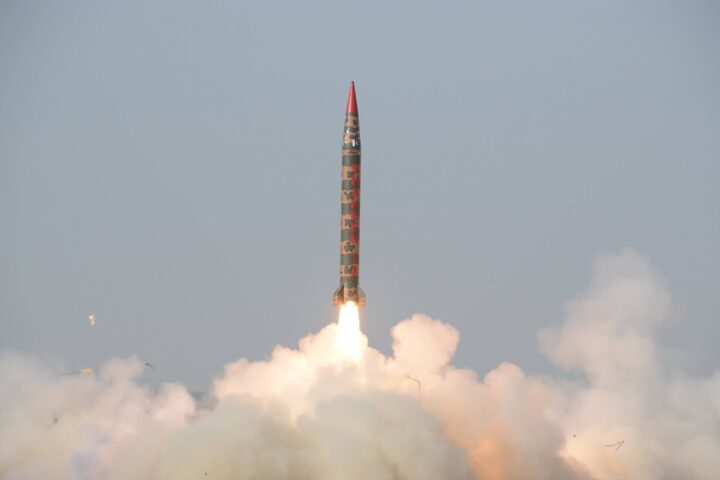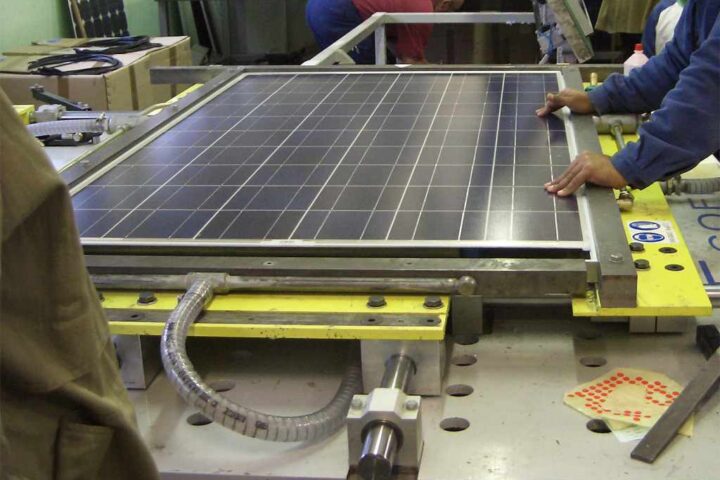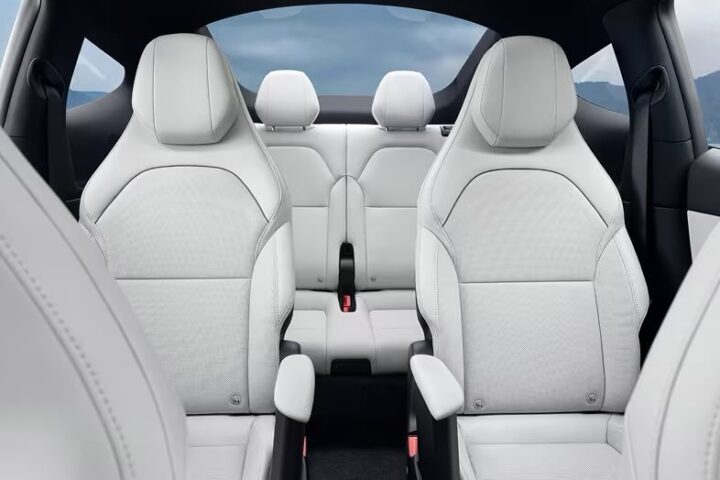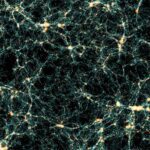China reported that a spacecraft carrying rock and soil samples from the far side of the Moon has lifted off from the satellite’s surface to begin its journey back to Earth. The ascent vehicle of the Chang’e-6 probe took off on Tuesday morning, Beijing time, and entered a pre-established orbit around the Moon, as reported by the China National Space Administration.
The Chang’e-6 probe was launched last month, and its lander module landed on the far side of the Moon. The Long March 5 rocket, which carried the Chang’e-6 mission lunar probe, was at the Wenchang Space Launch Center in the southern Chinese province of Hainan, on May 3, 2024.
Xinhua News Agency cited the space agency and said the spacecraft stored the samples it had collected in a container inside the probe’s ascent vehicle, as planned. The container will be transferred to a reentry capsule that is supposed to return to Earth in a desert region of China’s Inner Mongolia around June 25.
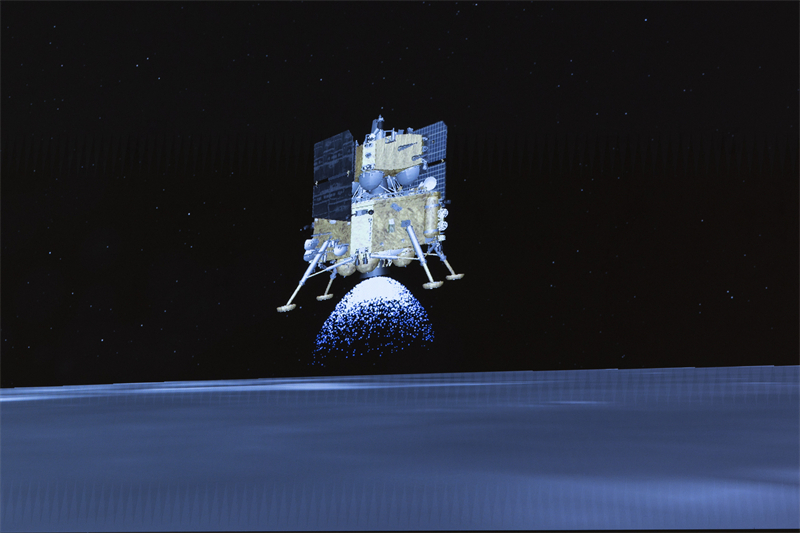
Missions to the far side of the Moon are more challenging because it is not oriented towards Earth, requiring a relay satellite to maintain communications. The terrain is also more rugged, with fewer flat areas for landing. The mission is the sixth of the Chang’e lunar exploration program, named after a Chinese moon goddess. It is the second designed to bring back samples, following Chang’e 5, which did so from the visible side of the Moon in 2020.
Similar Posts
The lunar program is part of a growing rivalry with the United States—which remains the leader in space exploration—and other countries like Japan and India. China has launched its own space station and regularly sends crews. The emerging global power aims to put a person on the Moon by 2030, which would make it the second nation after the United States to do so. The United States plans to send astronauts back to the Moon for the first time in over 50 years, although NASA delayed the date to 2026 earlier this year.
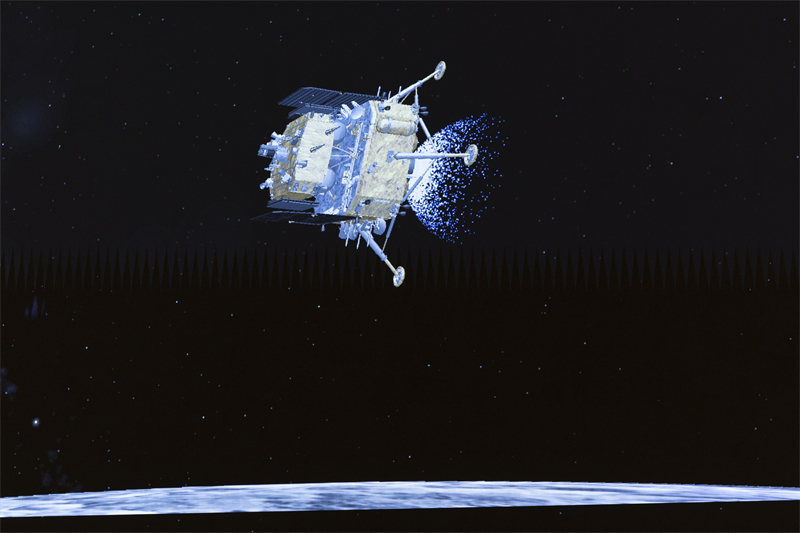
Most of the rocks collected in closer regions of the satellite so far have been volcanic rocks, similar to those found in Iceland. Wang Chi, the veteran scientist leading the project, explained that essential tools such as a panoramic camera and a lunar radar are on board Chang’e 6 to assist in sample collection and geological assessment. Scientists are confident that these samples can indicate how much icy water is trapped in the hidden region of the satellite for future manned missions. China announced last year that it plans to launch its first manned lunar mission before 2030.
![This image taken from video animation at Beijing Aerospace Control Center (BACC) on June 2, 2024 shows the lander-ascender combination of Chang'e-6 probe landing on the far side of the moon. [Photo/Xinhua]](https://www.karmactive.com/wp-content/uploads/2024/06/spp.jpeg)



